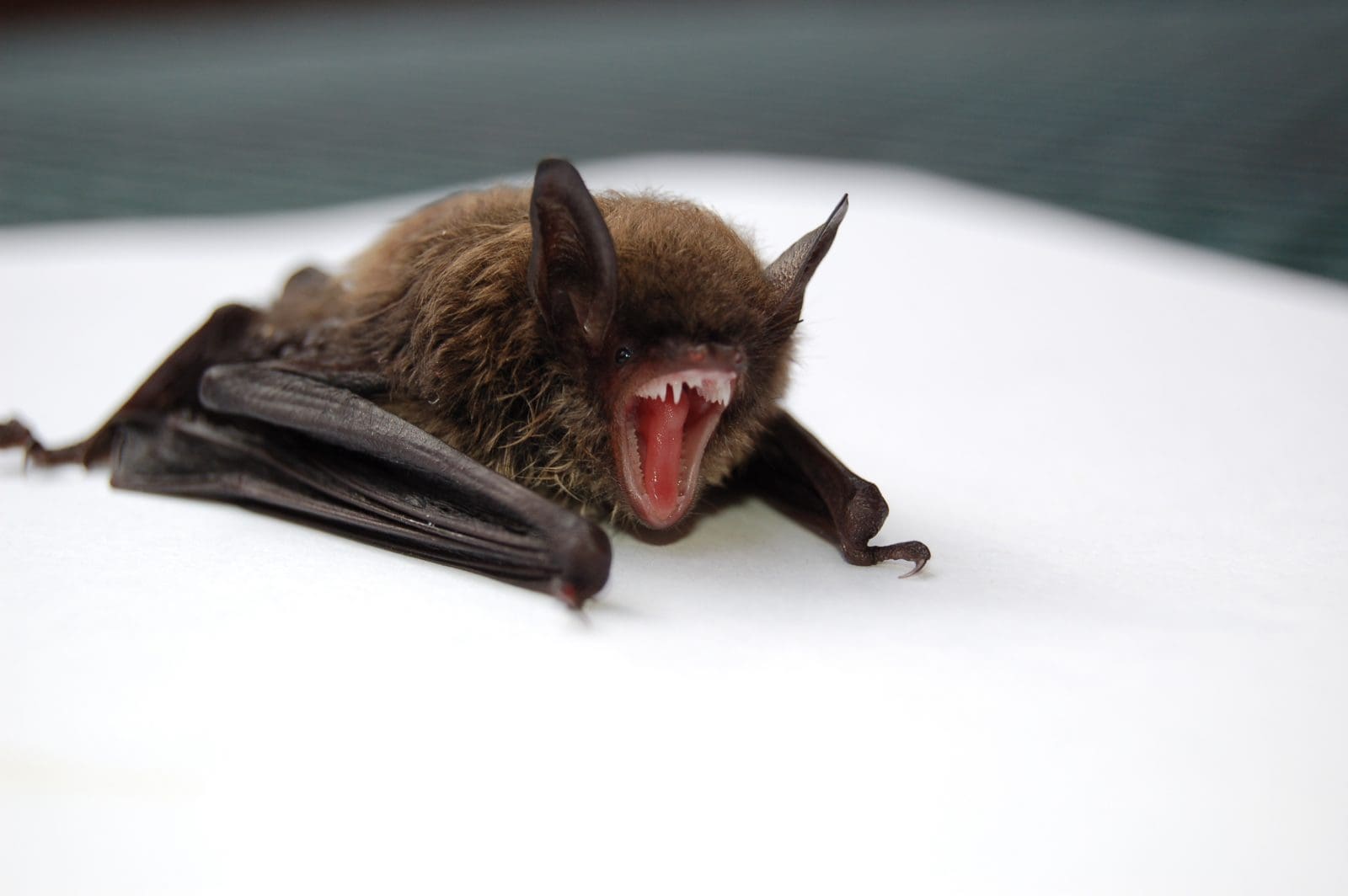
Nipah virus is a member of the Paramyxoviridae. Nipah virus (NiV) first infected humans in 1997 in the Ipoh area of Malaysia, but, may have infected pigs as early as 1996. Nipah virus was initially isolated in 1999 from samples of an outbreak of encephalitis and respiratory illness among adult men in Malaysia and Singapore.
The virus got its name from Sungai Nipah, a village in the Malaysian Penninsula where pig farmers became ill with encephalitis. The 1998-1999 epidemic may have resulted from a spillover event a year or two earlier which took off due to pig transport or changes in farm type, or it may have resulted from a recent jump to an appropriate index farm. Infection was probably acquired from Pteropus vampyrus, which began foraging around Nipah in 1997.
Infection was sustained in pigs within farms by aerosolized transmission, direct contact, and the reuse of needles during the JE vaccination program. The disease moved between farms via a “fire sale,” black market transport of infectious but asymptomatic pigs, and potentially iatrogenic spread via vaccinations.
Seroprevalence surveys indicate that not all humans infected with NiV became clinically ill. Of those that did, about half did not report contact with symptomatic pigs, and a significant fraction report having no contact with pigs at all. Dogs and probably cats and/or goats were responsible for some infections.
There were no reports of transmission between humans, though it may have occurred. Like the Hendra Virus, NiV infections can relapse a year following acute illness.
Little is known about the clinical pathology of NiV or its dynamics in natural host populations. Appropriate sample sizes have been obtained for only four bat species in the wild, and anti-NiV antibodies have been found in five. Real prevalence, indicated by virus isolation in urine, may be quite low. The virus may be shed seasonally.
In India, last year, we saw a NiV outbreak in Kerala. Due to timely detection and control by the Manipal Institute of Virology, Manipal Academy of Higher Education, the outbreak was stopped from becoming an epidemic. A fresh case of Nipah Virus infection has been reported this year, again in Kerala.
Infection with Nipah virus is associated with an encephalitis (inflammation of the brain) characterized by fever and drowsiness and more serious central nervous system disease, such as coma, seizures, and inability to maintain breathing.
Illness with Nipah virus begins with 3-14 days of fever and headache. This is followed by drowsiness and disorientation characterized by mental confusion. These signs and symptoms can progress to coma within 24-48 hours.
According to Dr. Arunkumar Govindakarnavar, Director of the Manipal Institute of Virology, the oncoming Monsoon will likely increase the risk of a further outbreak due to the increased humidity, and hence it is necessary to improve surveillance and control measures. He also writes that there is an increased risk for older and newer infections like Influenza, Dengue, and leptospirosis, among others.

Be the first to comment